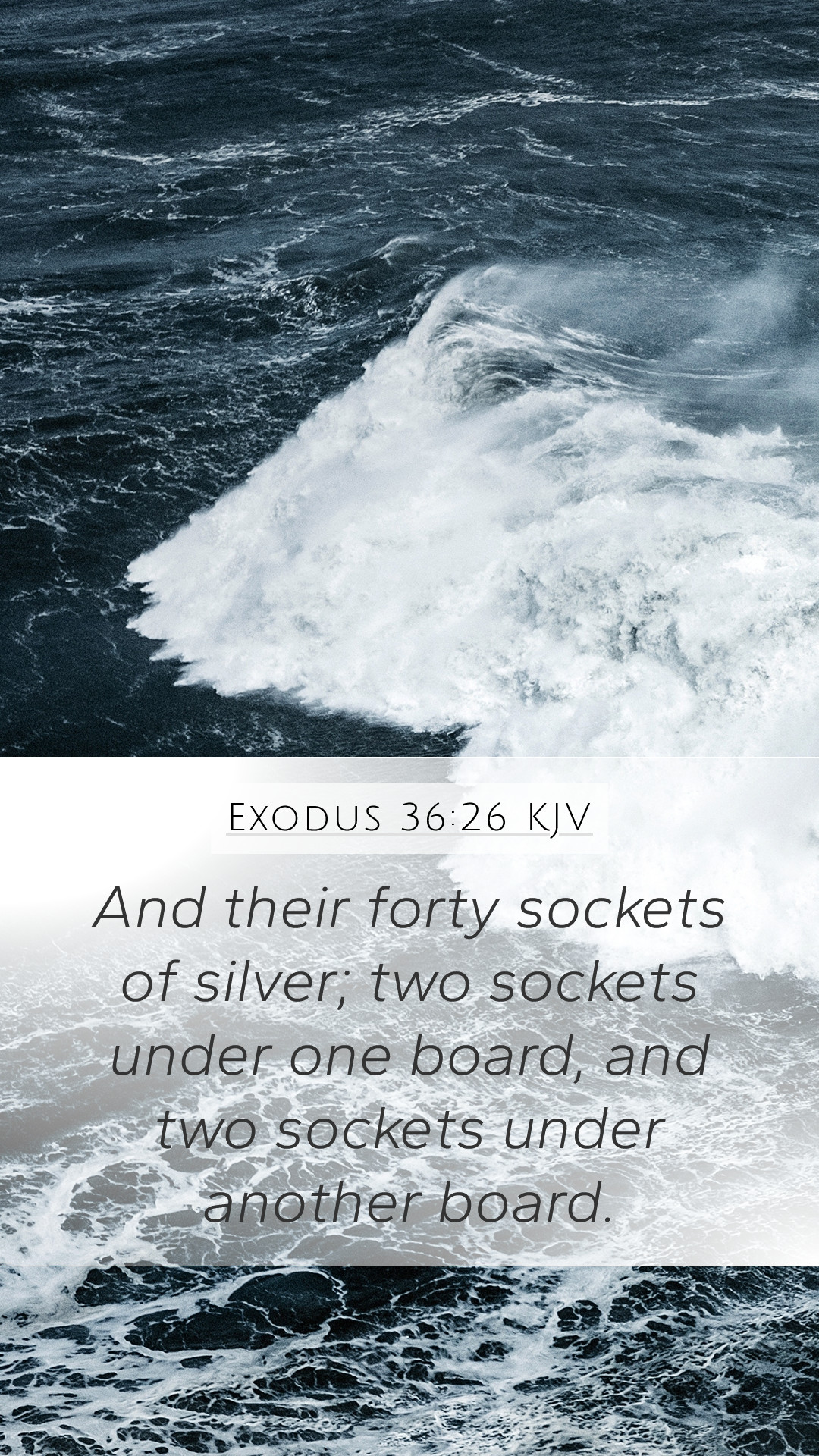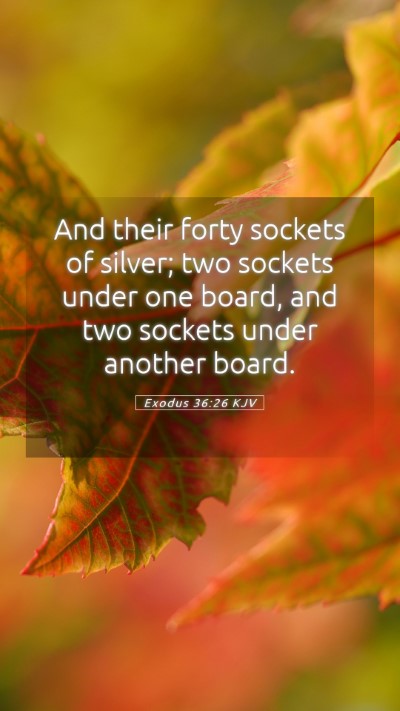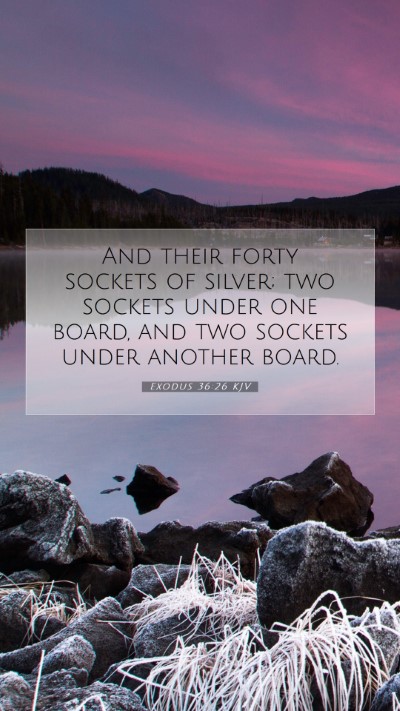Exodus 36:26 - Bible Verse Meaning and Commentary
Verse: Exodus 36:26 - “And thou shalt make a vail of blue, and purple, and scarlet, and fine twined linen of cunning work: with cherubims shall it be made.”
Overview of Exodus 36:26
Exodus 36 narrates the instructions for the construction of the Tabernacle, highlighting the significance of each element in the sanctuary. This verse specifically refers to the making of the veil, an essential item that separates the Holy Place from the Most Holy Place, also known as the Holy of Holies. This section emphasizes both the materials used and the divine craftsmanship involved in its creation.
Bible Verse Interpretations
Understanding Exodus 36:26 requires insights from various Bible commentaries that delve into its implications both in historical and spiritual contexts.
- Matthew Henry's Commentary: Matthew Henry discusses the importance of the veil as a significant barrier that signifies separation from God's holy presence. It represents the idea that access to God is through intricacy and grace, indicating that humanity must proceed with reverence into the divine.
- Adam Clarke's Commentary: Clarke emphasizes the symbolism of the materials used in the veil, noting that blue represents heavenly grace, purple signifies royalty or kingship, and scarlet recalls sacrifice. These colors together illustrate the multifaceted nature of God's character and His relationship with humanity.
- Albert Barnes' Commentary: Barnes provides insight into the craftsmanship, pointing out that the "cunning work" signifies not only skill but also attention to the divine plan laid out by God for the Tabernacle. This work echoes the theme of meticulous obedience to God's commandments.
Significance and Application
The veil in Exodus 36:26 holds profound significance for modern believers, illustrating several key themes:
- Separation and Holiness: The veil represents the gap between God and man due to sin, highlighting the need for atonement and the role of Jesus Christ as the ultimate mediator who tears through this separation (Matthew 27:51).
- Symbolism of Colors: The colors of the veil serve as a reminder of Jesus’ sacrifice and His royal status as the King of Kings, further enriching the bible verse meanings found in this passage.
- Covenant Community: As the Tabernacle’s design indicates, God desires to dwell among His people. The creation of the veil invites believers to understand their access to God, particularly through prayer and worship.
Bible Study Insights
For individuals and bible study groups seeking a deeper comprehension of Exodus 36:26, consider the following points:
- Engaging in online bible study platforms can deepen understanding of both cultural context and spiritual implications surrounding the Tabernacle.
- Utilizing bible study tools such as cross-reference Bibles can illustrate connections to New Testament discussions about the veil (e.g., Hebrews 10:19-20).
- Formulate bible study lessons that focus on the themes of separation, atonement, and God's desire for relationship with humanity.
Related Bible Cross References
Exodus 36:26 connects with several other verses that can enhance its understanding:
- Matthew 27:51: The tearing of the temple veil at Jesus' death signifies the removal of barriers between God and humanity.
- Hebrews 10:19-20: This passage emphasizes the new way to approach God through the blood of Christ, likening this access to the veil.
- 1 Corinthians 3:16: Paul discusses believers as the temple of God, highlighting God's presence among His people today.
Conclusion
In summary, Exodus 36:26 encapsulates a rich tapestry of meaning, demonstrating how God meticulously ordained the design of the Tabernacle, leading to deep spiritual truths. For believers seeking bible verse explanations, this verse exemplifies the intricate relationship between God and humanity, highlighting both reverence and accessibility to His presence through Christ.
Further Study Recommendations
For those eager to explore more, consider diving into bible study resources that focus on:
- Old Testament sacrifices and their significance in the New Covenant.
- Interpretations of Old Testament prophecies that foreshadow Christ and the New Testament.
- Exegesis on the role of the Tabernacle in Israelite worship practices and its implication for Christian worship today.


